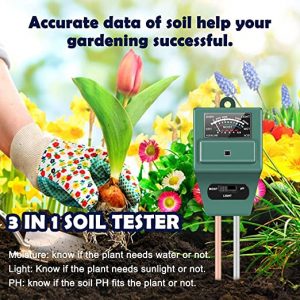The overwhelming majority of houseplants get most of what they need by their own efforts, from decent soil and adequate sunlight. But, unlike their outdoor cousins, houseplants are very much at the mercy of their owners for proper watering.
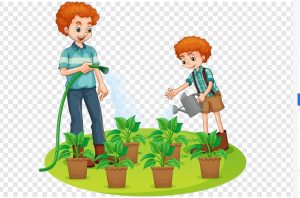
It’s estimated by professional sources that up to 90% of houseplants are watered incorrectly – receiving too much leading to root rot and other diseases or too little. But getting it right doesn’t have to be an impossible dream. Some simple tips will help keep your plants healthy by receiving the right amount at the right time.
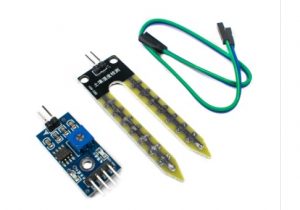
For anyone with a serious interest in houseplant care and feeding, a hygrometer makes for a great investment. These simple instruments can be super-cheap or cost a small fortune. But even one costing just a few dollars will often do the job.
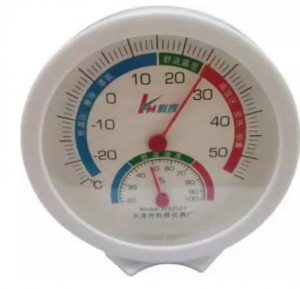
Many contemporary designs are digital, making for easy and accurate readout. They also often come in a dual-function form that combines a thermometer in the device. That’s great for testing soil temperature, another important factor in healthy plant care.
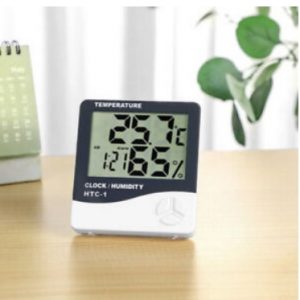
There are manual methods for testing proper water levels, too.
A finger pressed into the surface will give you a good idea of moisture level in two ways. If your finger gets wet, there’s water present, obviously. But at the same time, you’re feeling the hardness or sponginess of the soil. Moist soil gives, dry soil resists.
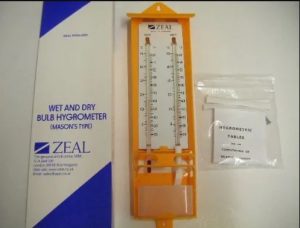
A simple tongue depressor or a chopstick can serve as a quick, easy testing tool. Insert it into the soil and withdraw. If the wood comes back moist and dark, you know there’s water present under the surface. It’s true that the surface water will wet the wood to a small degree. But wood will only absorb so fast. If you insert quickly, the surface moisture will account for only a small percentage.
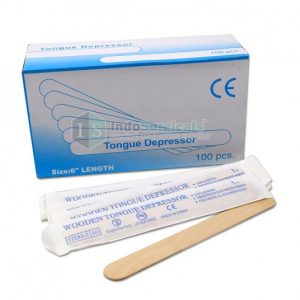
A third method is equally useful. Place a saucer under the pot and fill it to about 1/3 full with water. Allow it to stand until the water is taken up by capillary action through the drain holes in the bottom. Repeat until there’s water remaining in the dish, then soak up the excess with a towel. Keep track of the total volume of water you added. That provides a good measure of how much that particular soil/plant/pot combination can use.
Still another method, one that doesn’t disturb or modify the soil at all is useful. Since water has weight, moist soil will be heavier than dry soil. Simply place the whole pot on to an accurate scale and make repeated measurements. Once you’ve determined the right amount of water through other methods, you can ensure you’re providing it simply by measuring the weight daily. After a while, you’ll have a very good estimate of the right amount and can stop the weighing procedure.
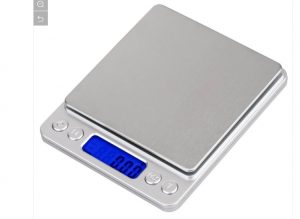
Remember that, even though you measured the volume by another method or are following good guidelines, the actual needed amount can vary. As the season changes, as soil composition changes and as other factors vary such as air temperature and humidity, the actual amount of water retained or that’s healthy can alter. Using a combination of techniques can help keep it perfect all year ’round.
